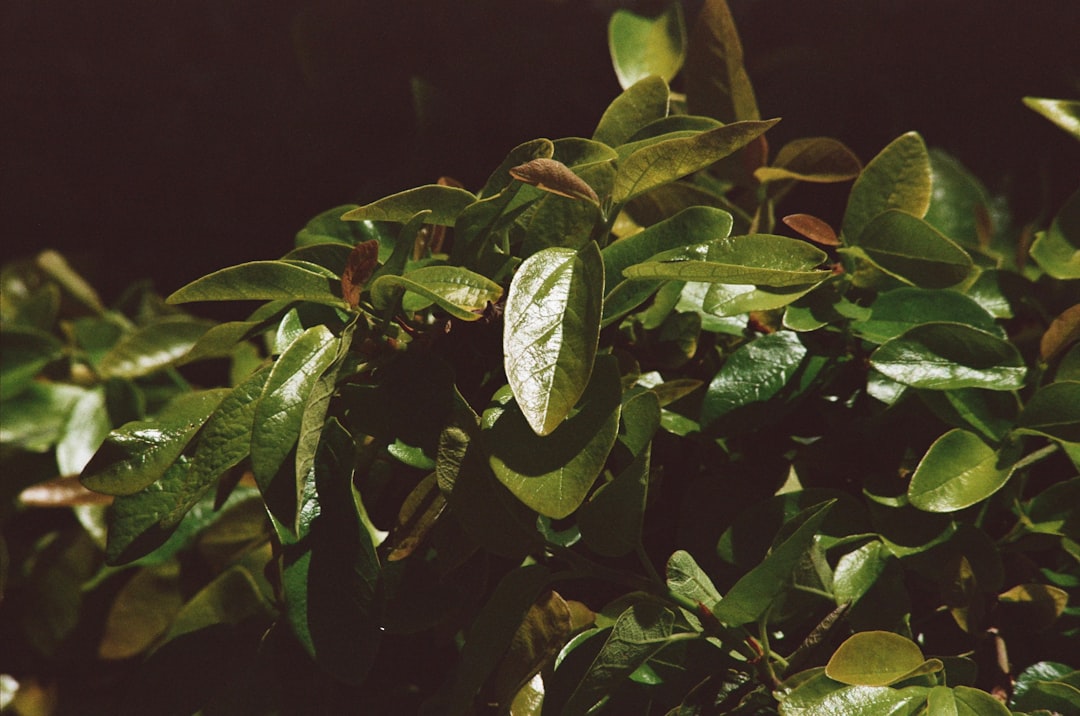Crafting a Stunning Perennial Bed for a Colorful Summer

In the world of gardening, creating a vibrant and long - lasting garden is a dream for many enthusiasts. A heat - loving garden plan focused on perennials can turn this dream into a reality, offering a bed of colors that will grace your outdoor space throughout the summer.
Perennials are a gardener's best friend. Unlike annuals that need to be replanted every year, perennials come back year after year, saving you time and effort. When it comes to a heat - loving garden plan, choosing the right perennials is crucial. One of the top choices is the Coneflower (Echinacea). These beautiful flowers come in a variety of colors, including purple, pink, and white. They are not only visually appealing but also attract pollinators such as bees and butterflies. Coneflowers thrive in full sun and well - drained soil, making them perfect for a summer garden. They can tolerate high temperatures and even some drought conditions, so you don't have to worry too much about watering them constantly.
Another excellent addition to your heat - loving perennial bed is the Blanket Flower (Gaillardia). These flowers have bright, daisy - like blooms with a combination of red, orange, and yellow colors. They are extremely heat - tolerant and can add a pop of color to any garden. Blanket flowers are also low - maintenance, requiring minimal pruning and fertilizing. They grow well in poor soil conditions, which means you don't have to spend a lot of time preparing the soil before planting them.
Daylilies (Hemerocallis) are also a must - have for a summer perennial garden. With their large, showy flowers, daylilies can create a spectacular display. They come in a wide range of colors, from soft pastels to bright, bold hues. Daylilies are very adaptable and can grow in various soil types and light conditions. However, they perform best in full sun. They are also resistant to many common garden pests and diseases, making them a reliable choice for a hassle - free garden.
When planning your heat - loving perennial bed, it's important to consider the layout. You can create a layered effect by planting taller perennials at the back and shorter ones at the front. This not only adds visual interest but also ensures that all the plants get enough sunlight. For example, you can plant tall Delphiniums at the back of the bed. Delphiniums have tall spikes of blue, purple, or white flowers that can add height and drama to your garden. In front of them, you can plant shorter perennials like Salvia. Salvia has beautiful blue or purple flowers and is also a great attractant for hummingbirds.
Soil preparation is another important aspect of a successful garden plan. Before planting your perennials, make sure to loosen the soil and add organic matter such as compost or well - rotted manure. This will improve the soil structure, drainage, and fertility. You can also add a slow - release fertilizer to provide the plants with the necessary nutrients throughout the growing season.
Watering is essential, especially during the hot summer months. However, over - watering can be just as harmful as under - watering. It's best to water deeply but infrequently. This encourages the plants to develop deep root systems, which are more drought - tolerant. You can use a soaker hose or drip irrigation system to water your garden efficiently.
To keep your heat - loving perennial bed looking its best, regular maintenance is required. Deadheading, or removing spent flowers, will encourage the plants to produce more blooms. You should also prune any damaged or diseased foliage to keep the plants healthy. Additionally, you can divide overcrowded perennials every few years to promote better growth and flowering.
In conclusion, a heat - loving garden plan with perennials is a wonderful way to create a colorful and beautiful garden that will last all summer. By choosing the right plants, planning the layout carefully, preparing the soil, and providing proper care, you can enjoy a stunning display of flowers in your outdoor space for years to come.